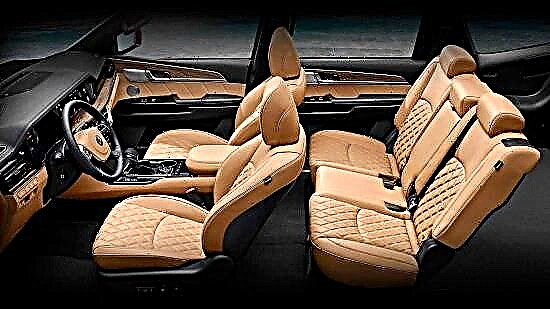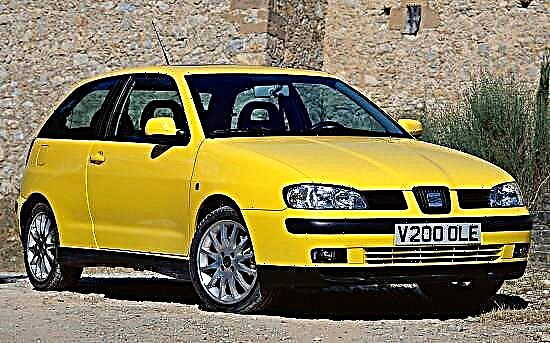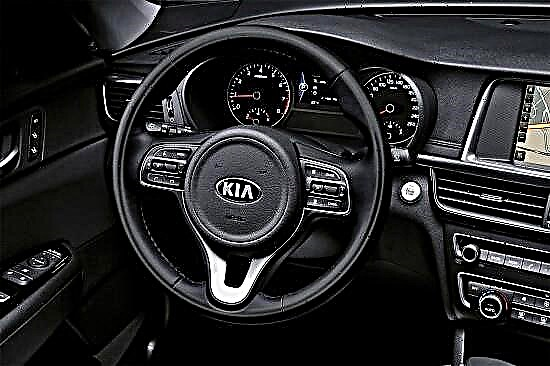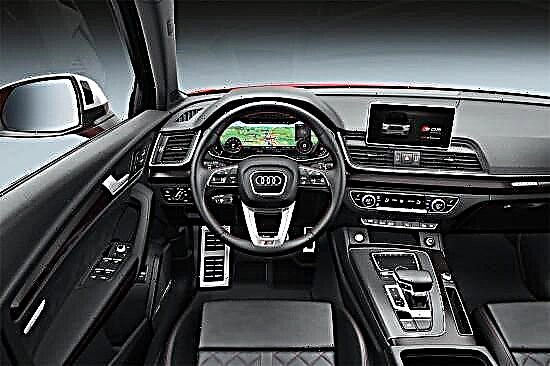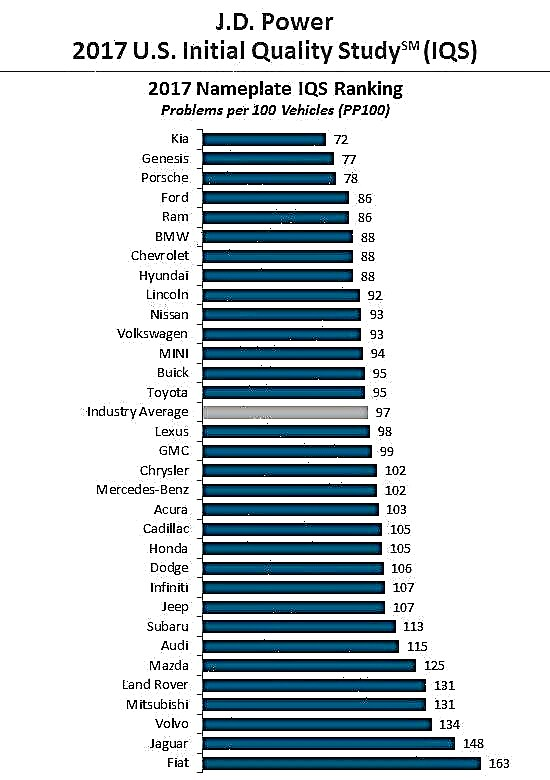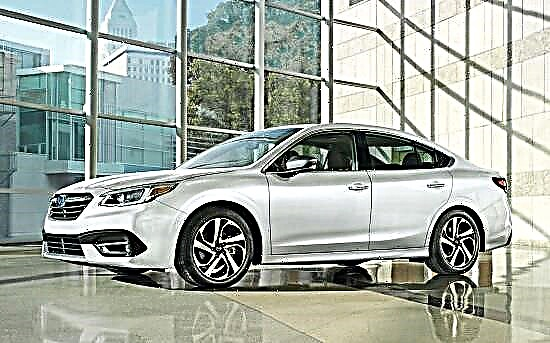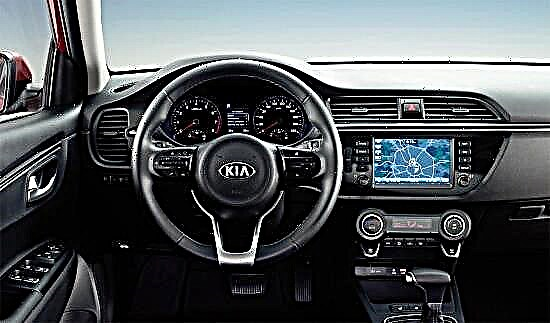A modern car is becoming more and more like an aircraft - in design, in performance ... and in the interior. It is impossible to say for sure whether we will ever be able to drive “on instruments” (no matter how hard Mercedes engineers strive for it, for example), but we will definitely always check their readings.
The first cars did not have any instruments: it drives - and that's good!
But already in 1898, an odometer (trip meter) appeared on the Benz Ideal. And by the beginning of the twentieth century. they also began to install speed meters - speedometers. In fairness, both devices are not at all a purely automobile invention: the speedometer came from a railway transport, and the odometer came from a horse (large carriages and stagecoaches).
But the appearance of devices and the concept of "dashboard" do not coincide in time - the first devices were simply placed in the driver's field of vision and they did not think about design. As an independent element of the interior, the dashboard stood out by the beginning of the 30s. of the last century, when car manufacturers begin to separately deal with the ergonomics and aesthetics of the driver's seat.
In the 30s, a glove compartment appeared (aka “glove box”). He immediately came into use and to this day is an integral attribute of almost every car. True, at first, the glove compartment was not located at the passenger, as it is today, but next to the driver, where the gloves were really kept, which were indispensable then - the steering wheel and gearshift lever were very tight and quickly rubbed calluses.
By the 70s, the equipment of the car had greatly increased, which is why the number of settings and adjustments increased even more. The question “stood upright”: where to place all these bulbs, pens, buttons and grilles? So the dashboard began to grow the center console, which then smoothly grew to the gearshift lever and the space between the front seats, merging with them into a stylistically single block.
Late 70s - early 80s ushered in the era of plastic in the automotive industry. Not to mention the salons of mass models, today even the premium class cannot do without plastic in the interior.
Here the designers and constructors began to exercise, who in what way, relying on practice, some on futurism, some on the classics, and some on everything at once. The classic round scales with arrows have become incorruptible, and the “last squeak” is, of course, a monitor that can replace all devices alone.
The main types of dashboard and console wear: burnout, contamination and cracking of plastic, its deformation, causing squeakiness. Failure of instruments and warning lamps is rare, but it does happen. Dismantling and re-installing the dashboard and console is one of the most expensive jobs. Their price is from $ 600 and more.
Who doesn't like the standard dashboard and console - welcome to the tuning! They can be covered with leather or alcantara of any color, made of precious woods, metals (aluminum, stainless steel, silver and gold), decorated with Swarovski crystals. In short - any whim for your money!

